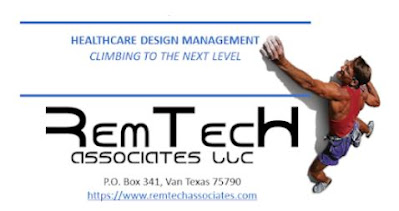Healthcare has traditionally been late adapters; many industrial standards that have been adopted as the norm by other industries has allowed them to move forward. Healthcare, however, has always been about risk and how it would affect their profits over developing functional proficiencies within operations. COVID-19 altered everything over-night, showing them just how unprepared they really were to meet a “potential pandemic.” Their inability to simply listen to those who get their hands dirty (back-of-house operations) to acknowledge their skills and elevate them to departmental chairs within the decision-making process has produced a design-development oversight misalignment to what is truly needed to support and develop inventory accuracies. Back-of-house operations were not even reviewed as a critical requirement in design during project phasing. Characteristically, most facilities depend on 3rd party organizations to manage their on-sight materials. This decision was based on having limited in-house staffing skills through hiring and or lack of training of existing staff. It doesn’t have to be a pandemic as much as a weather event to bring to light, producing shortages.
In addition, limitations in budgets have reshaped and hindered many bid documents that reflected band-aiding of operations verses long-term sustainability needs. Software capacities, equipment limitations, and material flows were replaced with “standard square footage calculations” as the norm for departmental space allotments. Architectural firms (based on limited budgets) rely on standard guidelines to ensure awarding; hence they offer building designs that are “only functional but not practical to support future demands.” Regardless of cost to the project budget, the supply chain process “must be part of project phasing”—including how to purchase, store, and distribute materials bringing the basement to the boardroom and or those who know how to help together as a team!
If you don’t have the necessary manpower or information to design your facility properly, depending on just an architect to direct your future growth that is the definition of insanity, which Albert Einstein suggested. Don’t let past mistakes dictate how you design your next modification—you cannot afford to continue to move in that direction.

